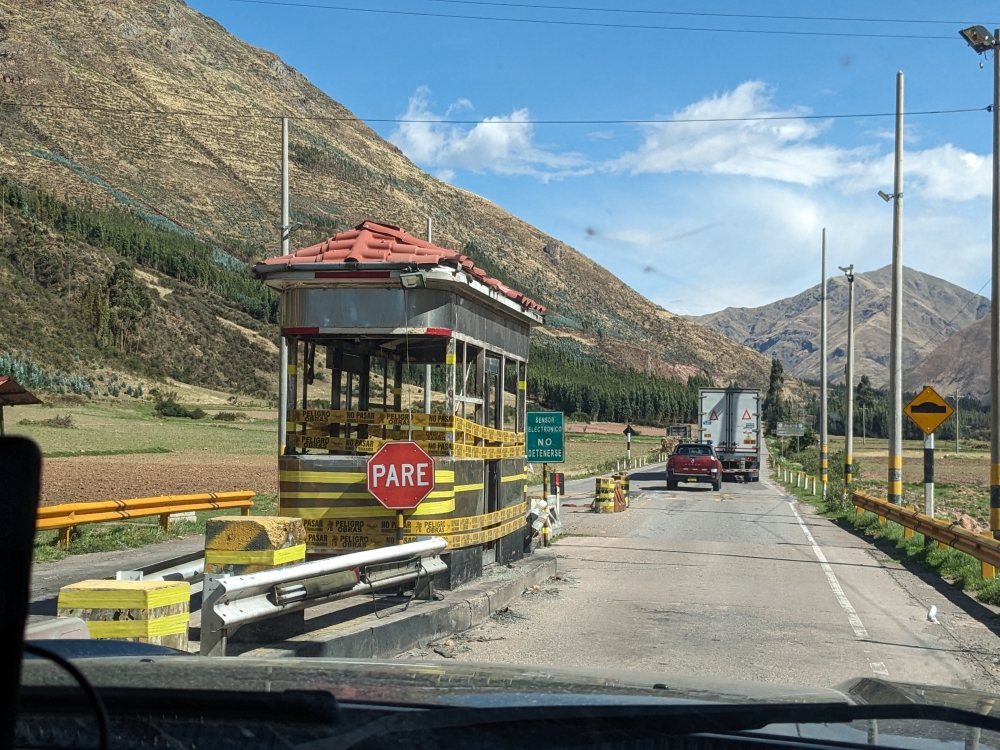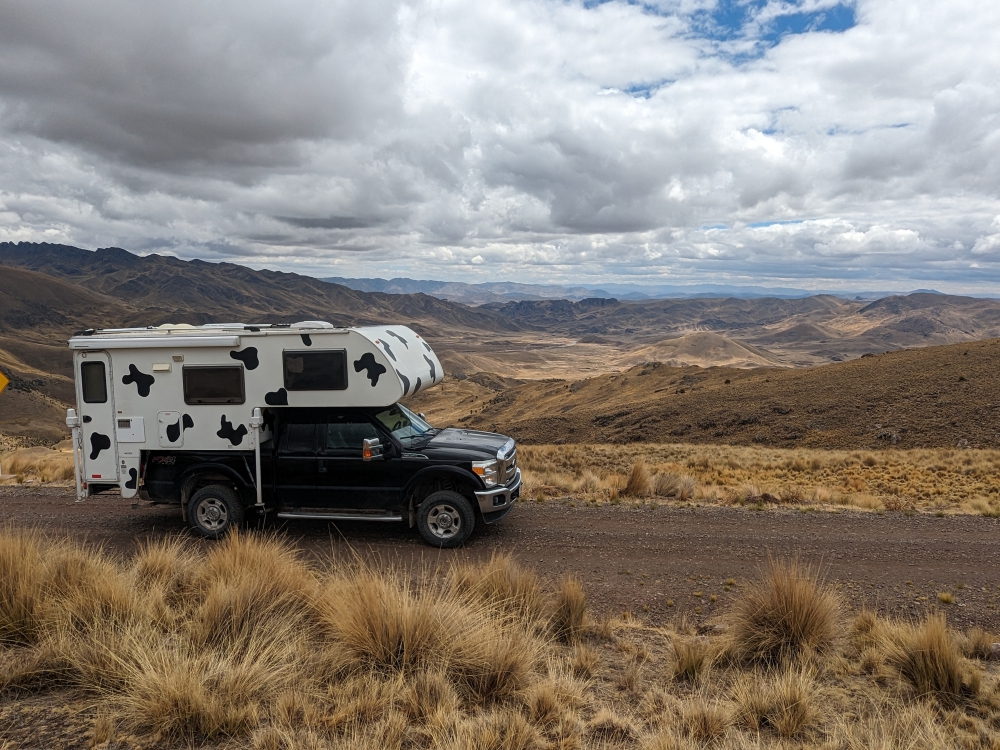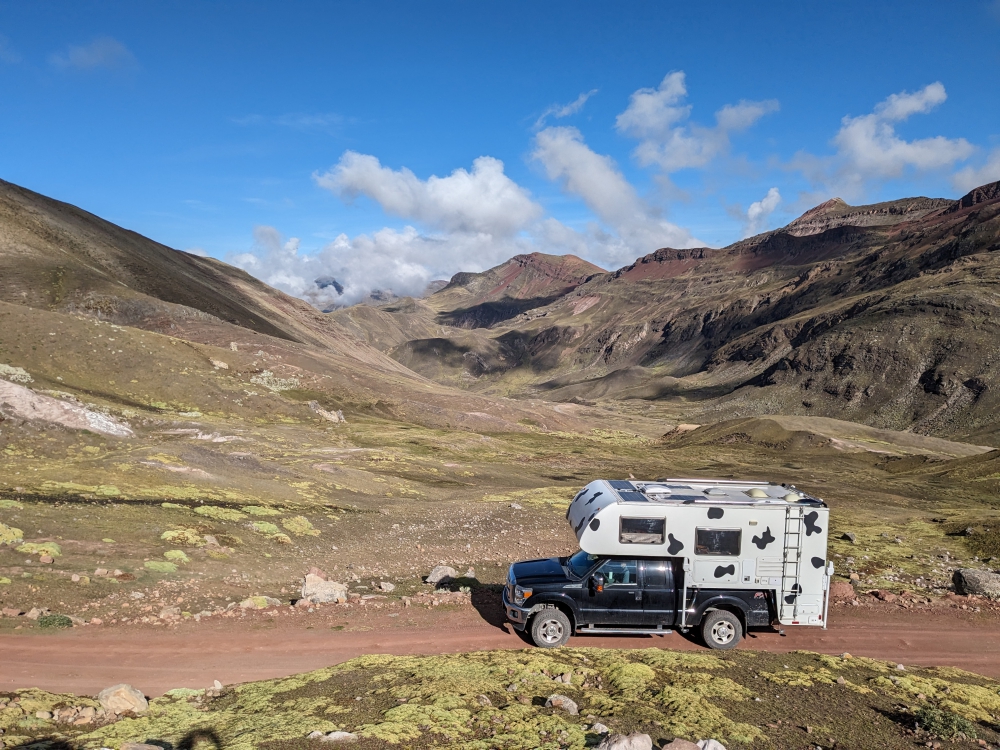
Every month, I post a report of our expenses to show that it is possible to live a comfortable, exciting, and adventurous life without breaking the bank. The less money you spend, the less you need to make. 🙂
This report includes ALL of our expenses, in US$, for two adults and one 60-pound dog (we adopted Maya on June 4th, 2019). Under groceries we incorporate food, produce, and non-alcoholic drinks predominantly bought in supermarkets. Toiletries belong in that category as well. Dining out means eating at a restaurant/event or purchasing take-out food. The health category covers non-prescription medicines and vitamins/supplements; medical contains prescription drugs and doctor’s visits. Because of our income level, Mark and I are eligible for free health care within the state of Massachusetts. For check-ups and extensive care, we return to the US East Coast. Other health issues are resolved locally and out of pocket where needed and possible.
In October 2023, Mark, dog Maya, and I explored the southern part of Peru in our truck camper, Thirsty Bella. It was another expensive, above-average month, but, luckily, much cheaper than the previous one. Peru has been hard on our budget. To be honest, we were ready to leave after our allocated three months, but due to (fun) commitments, we added another sixty days and lots more driving (and fuel costs) in this country to our schedule.

Drive to the Bolivian border to receive more time in Peru

Needing to drive to a second border of Peru with Bolivia – in vain…

Customs truck in Khasani, a border between Peru and Bolivia
Therefore, the highest category – again – was the car, more precisely, fuel. Peru is huge, gasoline costs about $5 a gallon, and we are driving more than ever to cover distances and timelines.

Gas station sign

Stopped by another fuel station

Fuel prices

Fuel station price list

Filling up with gasoline again

The fuel pump rain out, so we had to wait until there was gasoline again.
We also spent money on maintenance for our Ford F350 by getting an oil change done in Cusco, which was a bit of a disaster I wrote about here. We ordered car parts in the US, which our Canadian friends will bring back to us early December. And we had the valve of our spare tire replaced.

Oil change in Cusco

Getting the leaking valve of our spare tire replaced for $3
The tolls were very affordable, because many of the booths were still in disrepair after being burned down during political protests in the beginning of this year.

Burned-down toll booth
Our grocery and alcohol costs were pretty average, but two extra categories were added in Cusco. Mark arranged his expensive visa for Bolivia there, which took a full day (story here) and, because we had a bunch of camper and car projects to complete (and we were sick), we stayed at a pay campground for nine days. We also handed over money at two parking lots in the Sacred Valley that allowed us to camp.

Our favorite bakery in Cusco

Visit to the Bolivian consulate in Cusco

Popular campground in Cusco

Doing projects at the campground

Wiring up our Starlink antenna

Parked for the night in Ollantaytambo – photo taken from the archeological site

Parked for the night in Chinchero
The rest of the month, we boondocked for free around the Sacred Valley, the Andes Mountains, and the Peruvian countryside.

Camped close to the Pisac ruins

Camped on the edge of downtown Cusco

Parked for the night by Laguna Huacarpay

Camped by a river along the dirt road up to Three Colored Mountains

Parked for the night at a viewpoint along Lake Titicaca

Camped in Tinajani Canyon for a few nights

Camped on the edge of Puno for a couple of nights

Camped on a beach of Lake Titicaca

Parked for one frigid night at Laguna Salinas (over 14,000ft or 4,300m)
Mark and I ate out a few times – Cusco has good and diverse restaurants, and day menus for lunch everywhere are filling and affordable – but kept that total amount under $100.

Sangria with a vegetarian dinner out with friends

Main dish of a typical local lunch menu in Cusco

Main dish of the lunch menu in Urubamba

Day menu lunches include a soup, a main dish (“segundo”), and a drink, either some kind of cold juice or lemonade, or hot tea
We also topped off our propane tank in October and paid our monthly subscription fee for Starlink, our satellite internet solution, which has been awesome. After installing the dish permanently in our camper, we can now not only get online 24/7, but we also manage to listen to music (Spotify) while driving in the middle of nowhere and rely on the GPS/Google Maps more. This monthly fee hovers around $70, affected by the exchange rate.

Starlink is permanently installed under an existing hatch in the camper

Driving by Laguna Salinas, listening to music

Driving in the mountains, listening to music
Since the Sacred Valley and Cusco area have a lot of interesting sites, our entertainment spending went up. Most of this expense covered our two-day tourist ticket to see the archeological sites of Pisac, Ollantaytambo, Moray, and Chinchero.

Ollantaytambo Archeological Site

Pisac Archeological Site

Moray Archeological Site

Chinchero Archeological Site
We also paid for a visit to the salt mine of Maras and the colored mountains of Pallcoyo. When reaching Titicaca Lake, we enjoyed a guided boat tour to the floating reed islands of Uros. More about those two incredible excursions in an upcoming post.

Maras salt pans

Three Colored Mountains (Pallcoyo)

Exploring the stone forest at Pallcoyo

Reed islands of Uros

Guided boat tour through the islands of Uros
Mark ordered a few parts for the camper as well (coming with our friends), we had to pay the annual fee for one of our website addresses, Maya was due for a vaccine, which was administered at a vet in Puno, and I forgot to bring pain medicine on our prolonged trip to the Bolivian consulate, so had to buy extra Tylenol at a pharmacy when my head acted up.

Driving through the Andes Mountains in Peru
One of the reasons Mark and I set out on this South American journey is its perceived affordability. Unfortunately, we do not succeed to stay under our American expense average at the moment, so this has to change. We have been able to work more than usually, but none of this is fun, of course, and it would be nice to eat out or splurge more in cheaper countries. Plus, there always seems to be an unexpected expense… What’s the solution? Stay put longer in places and drive less? Leave Peru? Time will tell.

Driving to Pallcoyo Mountain


















































































